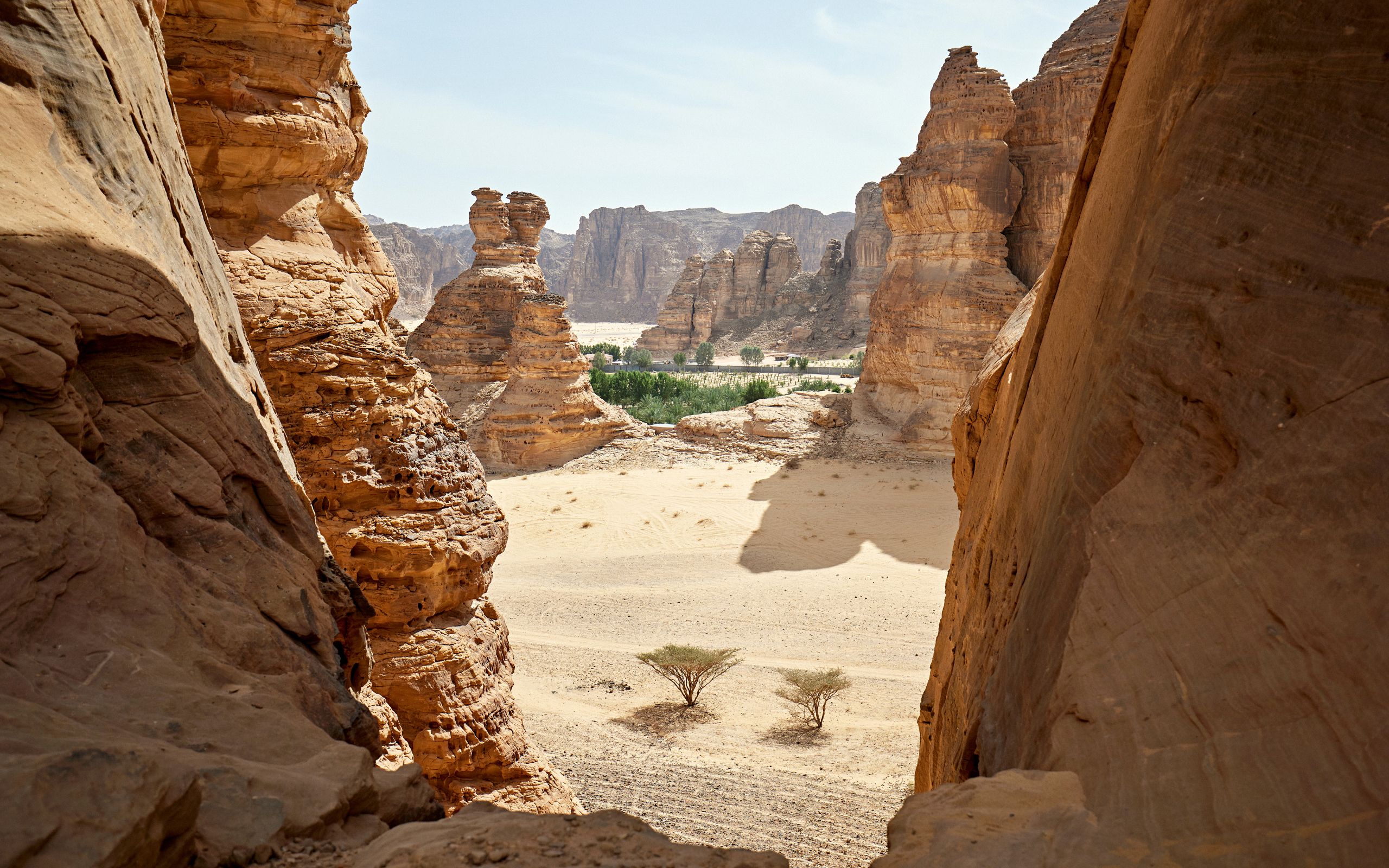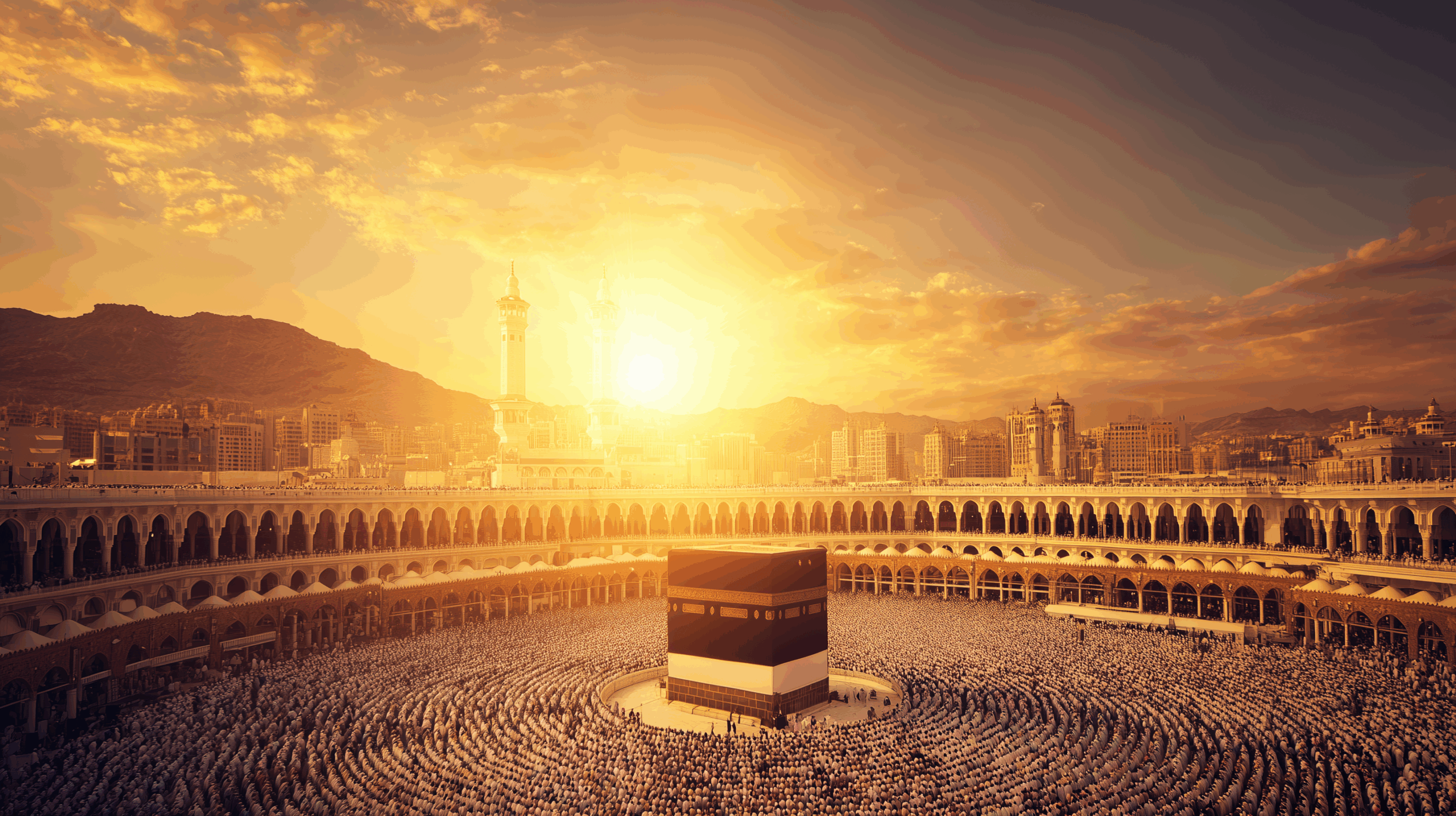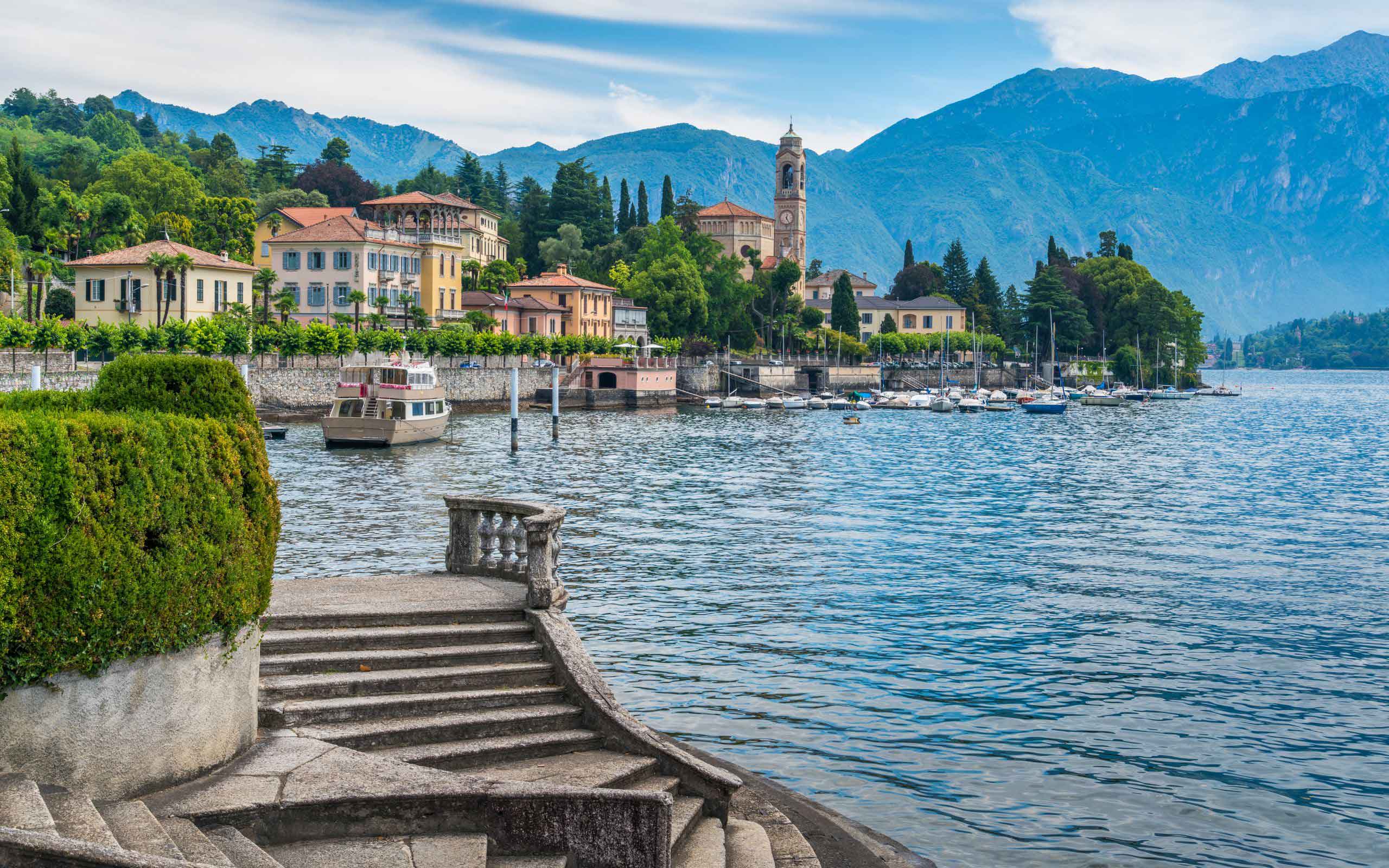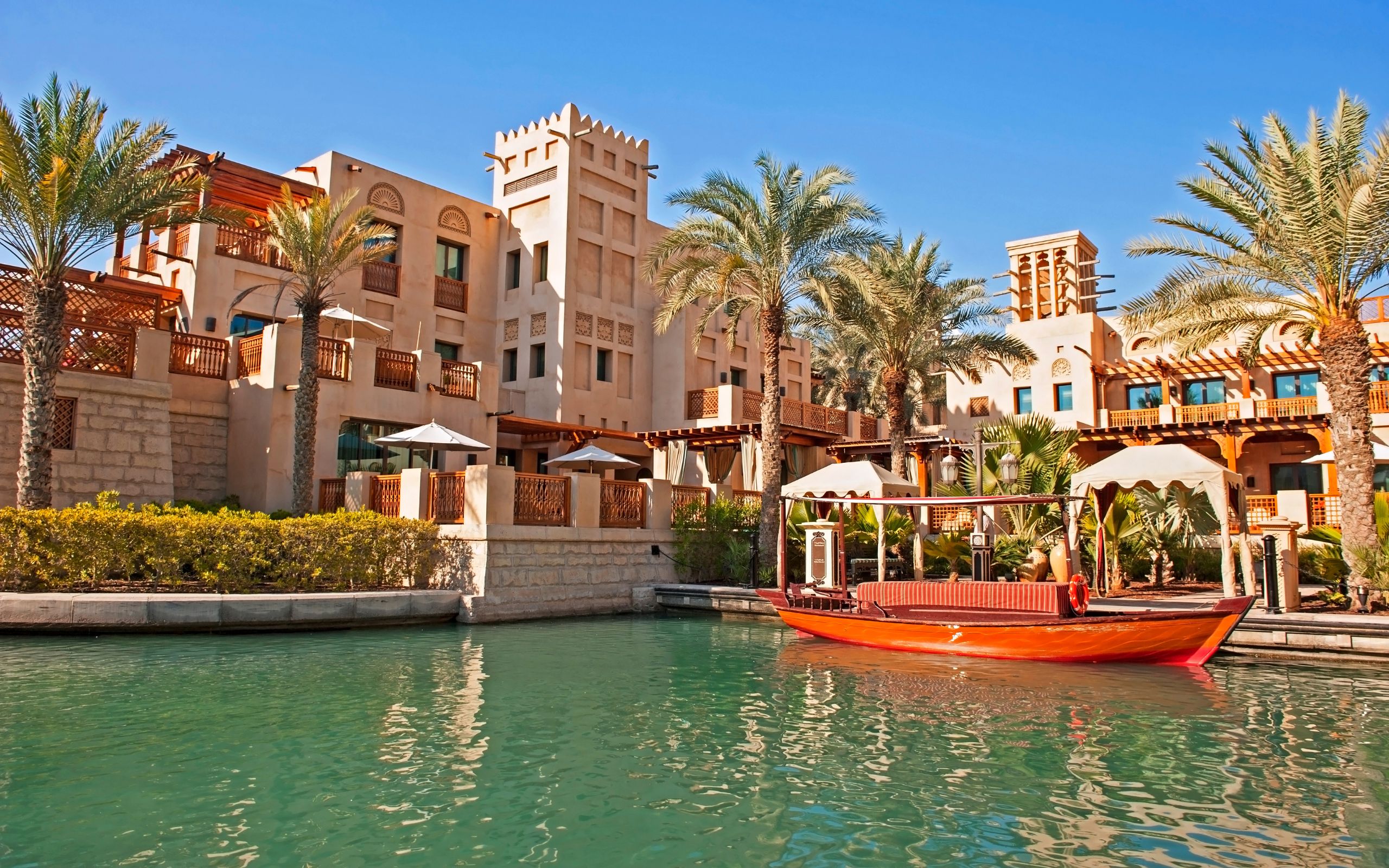Private jet charters make it easy to explore Türkiye’s diversity. You can see Ottoman palaces, lunar valleys, and Riviera coves all in one trip. This pillar page is your complete resource. It covers aircraft types, best seasons, VIP airports, and FBOs. You will also find curated itineraries and the top private jet destinations in the country.
Table of Contents
Why Türkiye Works Perfectly for Private Jets
- Central hub between Europe, the Gulf, and Asia with multiple business-aviation–friendly airports
- Rich mix of city culture, ancient sites, wine regions, and yacht-ready coasts within short flight legs
- Strong luxury infrastructure: five-star hotels, marinas, private guides, helicopter add-ons, medical concierge if needed
How ASM Makes It Effortless
- End-to-end flight support, permits, slots, CIQ fast-track, and FBO coordination
- Route design across multiple Turkish regions with baggage-friendly transfers and vetted chauffeurs
- Bespoke add-ons: balloon sunrise in Cappadocia, gulet charters in Bodrum, chef-led meze tours in Istanbul
Private Jet Categories at a Glance
- Very Light & Light Jets (4–8 pax, ~1,000–1,800 nm): perfect for intra-Türkiye and short regional hops
- Midsize & Super-Midsize (7–10 pax, ~2,200–3,400 nm): Dubai–Istanbul, Dubai–Bodrum, London–Istanbul non-stops
- Heavy & Ultra-Long-Range (10–19 pax, 4,500–7,500+ nm): intercontinental, overwater comfort with bedrooms, showers, and full galleys
Suggested pairing
- Gulf–Istanbul or Gulf–Riviera: super-midsize and up
- Within Türkiye (Istanbul ↔ Cappadocia/Izmir/Antalya/Bodrum): light or midsize jets for speed and runway flexibility
Top Destinations – Private Jet Travel to Türkiye
Istanbul — IST / SAW
- Why fly: Hagia Sophia, Topkapı, Bosphorus yachts, Grand Bazaar, Michelin dining
- Best for: Long weekends, art & history, shopping and nightlife
- Jet tip: Super-midsize+ from the Gulf/Europe; light jets for domestic legs
Bodrum — BJV
- Why fly: Beach clubs, vineyard lunches, private villas, gulet cruising to Greek isles
- Best for: June–September Riviera season, families and groups
- Jet tip: Midsize/super-midsize in peak; helicopter transfers to peninsulas
Antalya — AYT
- Why fly: Golf resorts, Roman theatres (Aspendos), waterfalls, yacht days
- Best for: Shoulder seasons and summer; culture+coast combos
- Jet tip: Any size; easy runway and strong hotel stock
Dalaman (Göcek/Fethiye/Marmaris) — DLM
- Why fly: Island-dotted bays for yacht charters, turquoise coves, sea kayaking
- Best for: Yacht-first itineraries, couples, families
- Jet tip: Light to super-midsize; short FBO transfers to marinas
Cappadocia — ASR (Kayseri) / NAV (Nevşehir)
- Why fly: Balloons at dawn, cave suites, underground cities, vineyard sunsets
- Best for: Apr–Jun, Sep–Oct; winter snow scenes are magical
- Jet tip: Light/midsize; add private balloon basket
Izmir & Ephesus — ADB
- Why fly: Celsus Library at sunrise, Terrace Houses, Şirince village tastings
- Best for: Culture lovers; add Alaçatı/Çeşme beaches
- Jet tip: Light/midsize; helicopter to coastal towns on request
Pamukkale (via Denizli) — DNZ
- Why fly: Travertine terraces, Cleopatra’s Pool, Hierapolis theatre
- Best for: Day add-on from Riviera or Izmir
- Jet tip: Light jets; heli loop for dramatic aerials
Trabzon & Sumela Monastery — TZX
- Why fly: Cliff-hung monastery, Black Sea forests, tea plantations
- Best for: Spring/early fall; hikers, photographers
- Jet tip: Light/midsize; consider a private ranger-guide
Ankara — ESB
- Why fly: Museum of Anatolian Civilizations, diplomatic and business travel
- Best for: Official trips, archaeology-focused extensions
- Jet tip: Any size; excellent ops and quick turnarounds
Mount Nemrut (via Adıyaman or Malatya) — ADF / MLX
- Why fly: Colossal 1st-century BCE statues at sunrise/sunset
- Best for: History enthusiasts; shoulder seasons
- Jet tip: Light/midsize; plan for elevation and cooler summit winds
Popular Private Jet Routes
- Gulf ↔ Istanbul/Bodrum/Antalya: executive staples for long weekends and events
- Istanbul ↔ Cappadocia / Izmir / Antalya / Bodrum: short, scenic legs that save full days of driving
- Europe ↔ Istanbul / Bodrum: peak-summer leisure and festival circuits
Approximate leg planning (for expectation-setting only)
- Dubai–Istanbul: commonly ~4–5 hours depending on aircraft and winds
- Istanbul–Cappadocia: ~60–80 minutes
- Istanbul–Bodrum/Antalya/Izmir: ~50–75 minutes
Sample Itineraries (Charter-First Planning)
Culture + Coast (7 nights)
Istanbul (3) → Cappadocia (2) → Bodrum or Antalya (2)
- Highlights: after-hours Topkapı access, private balloon, gulet day with chef
Family Riviera (5 nights)
Dalaman (Göcek base) with yacht days → Pamukkale heli loop → Antalya resort finale
History Circuit (6–8 nights)
Istanbul → Ephesus/Şirince → Pamukkale/Hierapolis → Antalya Roman theatres
When to Go Türkiye
- April–June, September–October: best blend of weather and space
- July–August: Riviera peak; book villas, yachts, and clubs early
- Winter: Istanbul museums and Cappadocia snow scenes without crowds
Cabin Experience and Onboard Touches
- Connectivity: business-grade Wi-Fi, satphone, video conferencing
- Cuisine: Anatolian tasting menus in-flight, curated by Istanbul chefs
- Wellness: lower cabin altitudes on newer jets reduce fatigue on long Gulf–Türkiye segments
Pricing & Programs (High-Level)
- Charter: pay per flight hour (aircraft class, route, season)
- Jet cards/fractional: predictable access for frequent flyers
- Ownership: optimal beyond ~300+ hours/year; ASM can coordinate management, crew, CAMO, and charter offset
FAQs – Private Jet Travel to Türkiye
Which aircraft is best for Gulf–Türkiye hops?
Super-midsize (e.g., Challenger 350, Praetor 600) balances speed, range, and cabin height. Heavy jets add bedrooms and showers for intercontinental positioning.
Can I combine Cappadocia with the Riviera in one weekend?
Yes. Private legs cut travel time to ~1 hour per sector; ASM aligns balloon slots and yacht departures around your schedule.
Which airport is best for Istanbul arrivals?
IST for central access and hotel proximity; SAW for efficient turns and Asian-side stays. ASM will recommend based on slot/facility dynamics.
Is summer too crowded?
Riviera towns are lively. Private terminals, reserved moorings, and villa holds preserve exclusivity.
Can you arrange helicopters or yachts?
Evet, Kapadokya manzaraları için helikopterler veya Pamukkale üzerinde uçuşlar. Ayrıca, Göcek, Bodrum veya Antalya’dan gulet ya da motor yat kiralamaları da var.
Reserve Your Private Jet to Türkiye Today
📩 Email: charter@asm.aero
📞 Phone: +971 4 409 7788
🟢 WhatsApp: +971 50 481 6987 / 76
💬 WeChat: ASMDXB
Read more on Turkey (Türkiye) Airport’s operational information





















